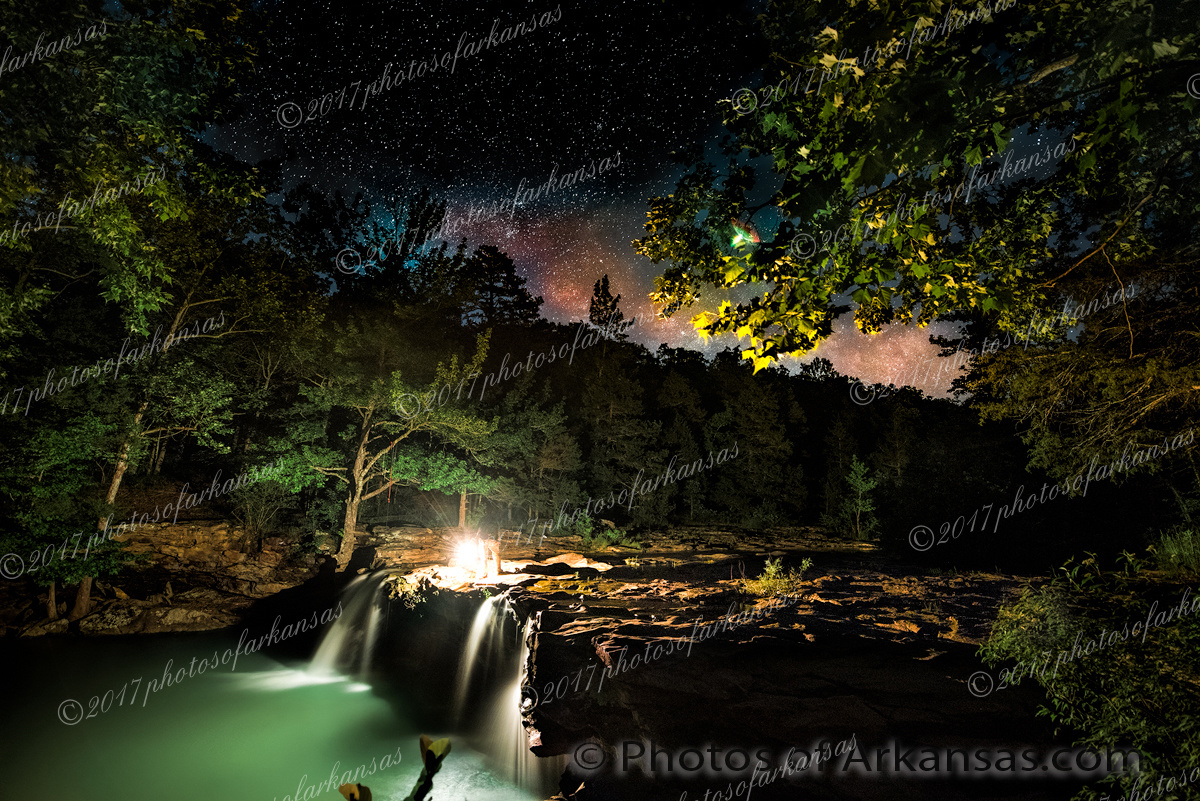Smoothjazz
Active member
In photographing outdoors, I sometimes find myself wishing for more light. In particular, if I were taking a picture of petroglyphs or rock art in the shadows, there often times is just not enough light. It has got me to thinking; does anyone use a portable hand-held light source outdoors for landscape photography? The new LED lights look very compact and portable.
Alternatively, I imagine that a fill flash could be an option. What flash are outdoor photographers using with the Phase CF camera system?
Thanks,
John
Alternatively, I imagine that a fill flash could be an option. What flash are outdoor photographers using with the Phase CF camera system?
Thanks,
John


